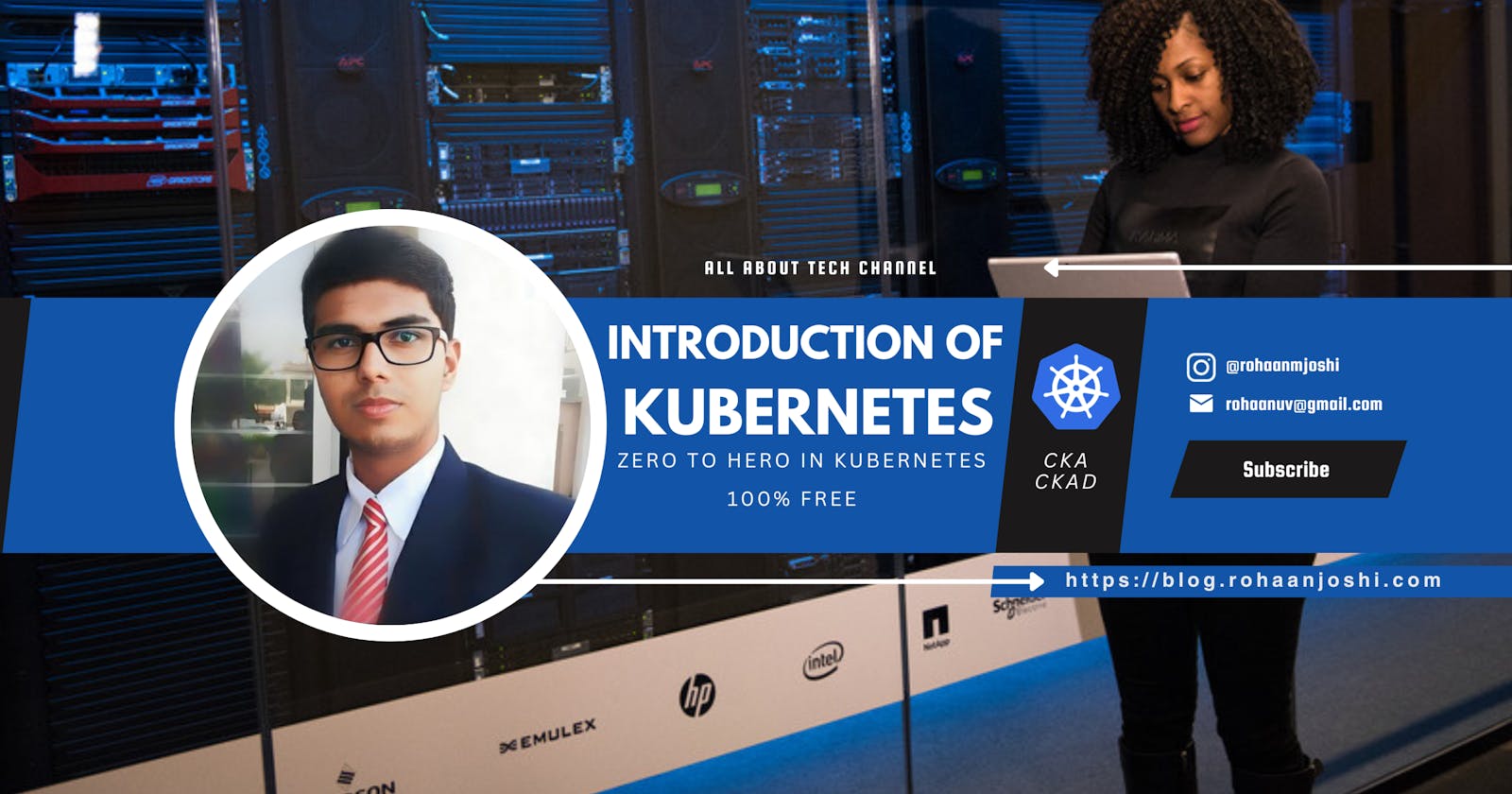Table of contents
Welcome to the Kubernetes Masterclass Introduction! In this introductory session, we'll provide an overview of what Kubernetes is and why it's such a powerful tool for container orchestration. We'll also touch on some of the key concepts and terminology you'll encounter as you delve deeper into Kubernetes.
What is Kubernetes?
Kubernetes is an open-source container orchestration platform that automates the deployment, scaling, and management of containerized applications. Originally developed by Google, it's now maintained by the Cloud Native Computing Foundation (CNCF) and has become the de facto standard for container orchestration in the world of cloud-native applications.
Key Concepts:
Containerization: Kubernetes works with containers, which are lightweight, portable, and consistent environments for running applications. Docker is one of the most popular container runtimes used with Kubernetes.
Nodes: A Kubernetes cluster is made up of nodes, which are typically virtual or physical machines that run your applications. These nodes can be distributed across multiple data centers or cloud providers.
Pods: The smallest deployable units in Kubernetes are pods. A pod can contain one or more containers that share the same network and storage resources. Containers within the same pod are usually tightly coupled.
Services: Kubernetes provides services to abstract the network and load balancing. Services ensure that your applications are discoverable and can communicate with each other, regardless of the underlying infrastructure.
Replication Controllers and Replica Sets: These ensure that a specified number of pod replicas are running at any given time. They are used for scaling and ensuring high availability.
Deployments: Deployments are higher-level abstractions that manage replica sets and make it easier to update your applications. They allow you to perform rolling updates and rollbacks with ease.
ConfigMaps and Secrets: These are used to manage configuration data and sensitive information, such as API keys or passwords, separately from your application code.
Namespaces: Namespaces provide a way to organize and isolate resources within a cluster. They're useful for managing large or multi-tenant clusters.
Kubelet and Kube Proxy: These are components running on each node responsible for managing containers and network routing, respectively.
Ingress Controllers: These manage external access to services within the cluster, providing features like SSL termination and path-based routing.
Why Kubernetes?
Kubernetes offers numerous benefits, including:
Scalability: Easily scale your applications up or down to meet changing demands.
Portability: Run your applications consistently across various environments, from development to production.
Resilience: Kubernetes can automatically recover from hardware or software failures.
Automation: Automate the deployment and management of applications, reducing manual intervention.
Ecosystem: Kubernetes has a vibrant ecosystem of tools and services to enhance your container orchestration experience.
In this masterclass, we'll dive deeper into these concepts, cover best practices, and show you how to work with Kubernetes in practical, hands-on sessions. Whether you're a developer, a system administrator, or someone interested in container orchestration, this masterclass will help you become proficient in Kubernetes.
So, let's embark on this journey together and explore the world of Kubernetes!

